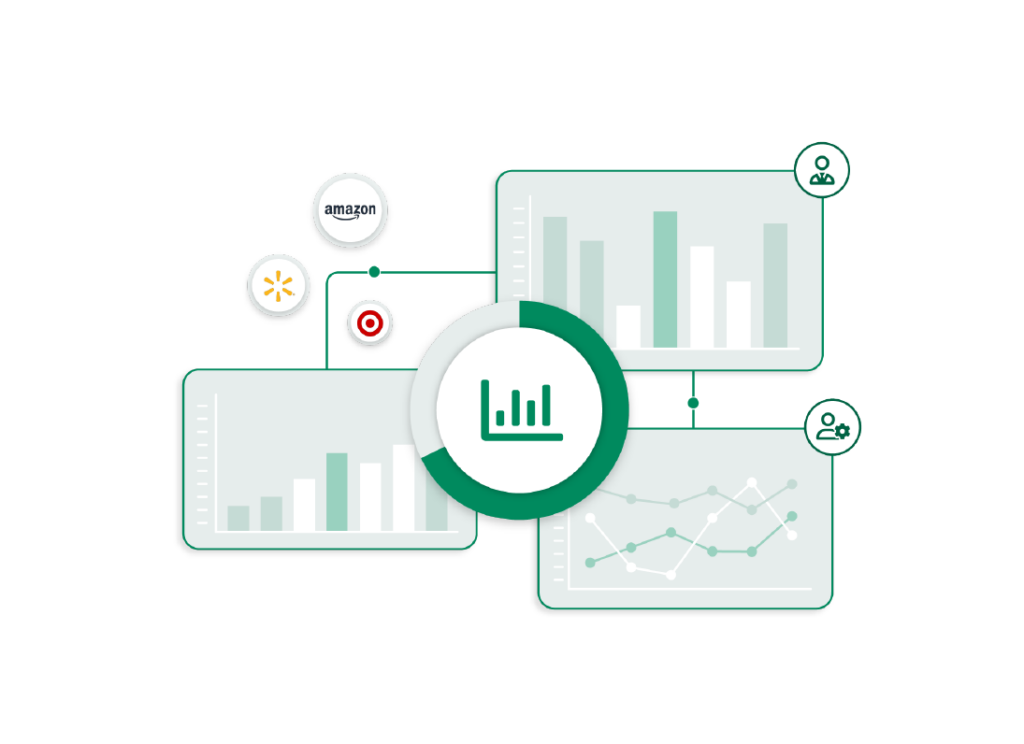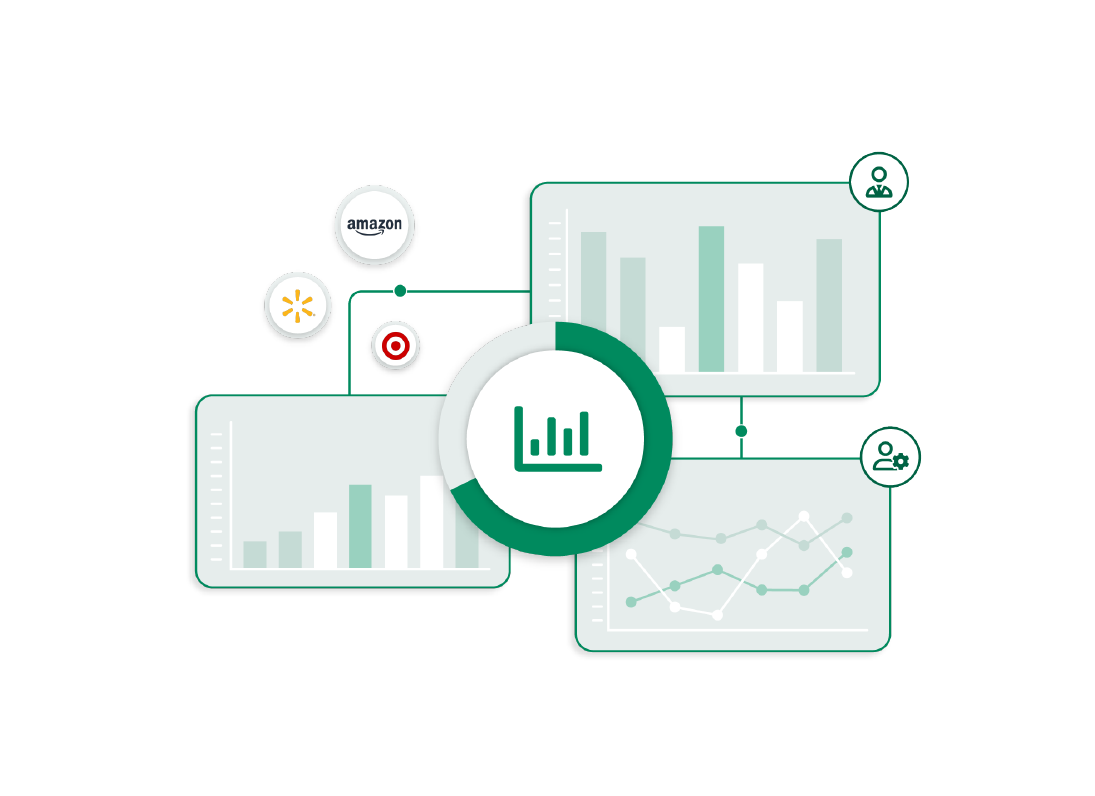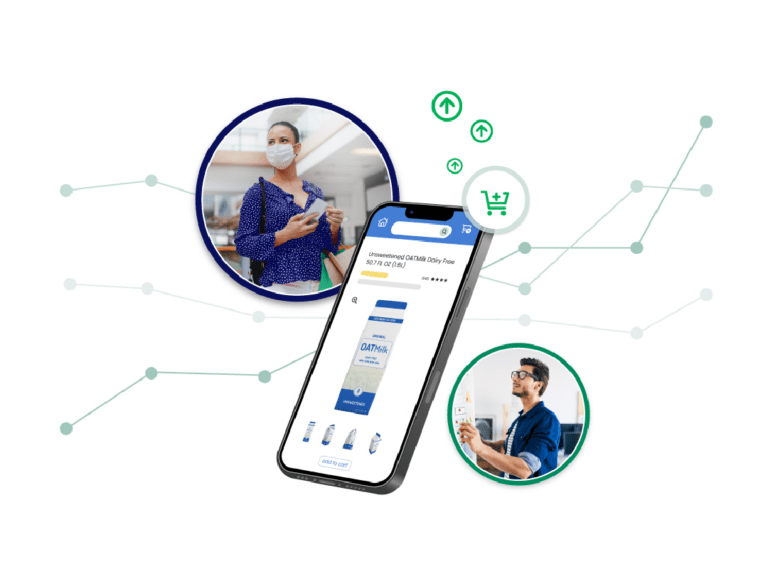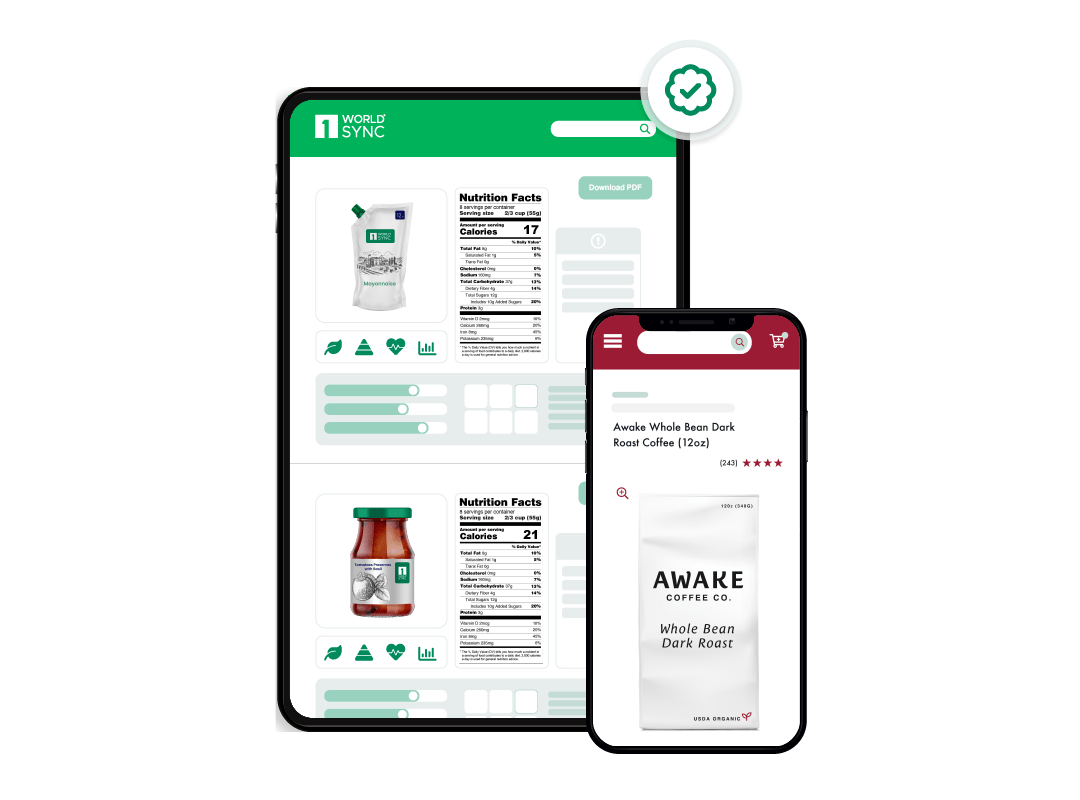How to Measure the Impact of Your E-Commerce Store’s Product Content
July 14, 2022

Shoppers rely on the product content you provide on your e-commerce store to make their purchase decisions. Your content (including the content of all the brands and manufacturers that sell in your store) drives your success. Branding, marketing, sales, customer retention: your product content affects it all.
The role of content in your online business can’t be overstated. Continue reading to learn how to measure the impact of your e-commerce site product content.
Why Product Content Metrics Matter
Engaging, compelling product content matters. So does understanding its impact and efficacy.
By evaluating the impact of your online product content, you determine what speaks to your customer, informs them of your products, and pushes them toward a purchase. The following KPIs help you understand how to think about and produce product content. Analyzing the following metrics allows you to measure the impact of your product content and determine if it’s bringing you toward your goals.
1. Traffic Acquisition
Content drives traffic. Traffic acquisition –– especially traffic from new visitors ––is a crucial measure of your product content’s impact.
Google crawls your site, indexing it among all other sites, and ranks it according to relevance to a user’s search terms. When you optimize your product content for SEO, you can earn higher ranks in Google Search, which means your content and your site pages reach more potential customers looking for the products and solutions you provide.
Analyzing your traffic data helps you understand if your product content is drawing organic traffic through Google. If your traffic numbers are low, your content likely needs restructuring so it’s best optimized for SEO.
2. Conversion Rate
Your conversion rate shows how many of your site visitors make a purchase. A high conversion rate indicates that your product content engages and informs visitors and compels them to buy.
Quality product content plays a huge role in increasing product page conversion rates. Customers judge your products by the information you provide on your pages. Low-quality content is a sign of a low-quality product.
However, when you include quality, informative product content on your pages, potential customers receive the information they need to move forward with a purchase. This is clear in brands that prioritize quality product photography. 1WorldSync’s recent product content research found that consumers ranked 360-degree images as the most helpful product page details when making a purchase decision. Quality imagery draws in your audience and encourages them to buy.
High conversion rates are one sign that you’re providing the informative and attractive product images and content your customers are looking for.
3. Rich Content KPIs
If you include below the fold, rich content on your e-commerce site’s product detail pages (PDPs), make sure you’re taking advantage of your tool’s analytic capabilities to track your performance and improve. Some rich content KPIs can include PDP impressions by brand or SKU, language/region engagement, PDP interaction rates and media plays and views. This information is invaluable for your selling strategy and can provide insights that affect the entirety of your go-to-market strategy – from messaging to branding and beyond.
Learn more about Rich Content here.
4. Average Order Value
Average Order Value (AOV) shows how much your customers spend with each transaction: the higher your AOV, the higher your profits.
Your AOV can provide insight into a few things:
- Product relevance
- Accuracy of product pricing
- Content strategy
Your product content strategy can significantly affect your AOV. Firstly, quality product content informs and engages, as we’ve mentioned above. An informed shopper is a confident shopper. By cultivating trust with compelling product content, you encourage customers to buy more.
Additionally, content tools empower you to cross-sell or create product bundles, providing a more personalized shopping experience for your customer. For example, hot-spot technology shares meaningful information with shoppers in an interactive format. Hot spots highlight unique specs and details that consumers might have overlooked otherwise. By implementing hot spots in your product detail pages, you show customers how your products can work together to provide the solutions they’re looking for.
5. Cart Abandonment Rate
Online cart abandonment sits at nearly 70 percent. These numbers indicate that most product content isn’t compelling shoppers to take the final step in the purchase process.
Your product content should draw visitors in, inform them with abundant product data, and include a call to action that brings them to checkout. When a user is ready to check out, they should have no hesitation in clicking “buy now.”
Product content and data should cultivate confidence and excitement in the consumer. All content, including imagery, specs and descriptions, must work in tandem to provide a holistic experience that convinces your audience that they need what you offer.
If you can provide this type of product content experience, you’ll find that your cart abandonment rates drop.
6. Traffic Source
Where are your e-commerce site visitors coming from? This KPI can highlight the strengths and weaknesses of your product content strategy.
Your online product content is expansive and crosses channels and platforms. Retail is omnichannel, and your product content should reflect this new shopping reality. Analyzing your traffic sources can provide insight into content that works and content that needs rethinking and reshaping.
Content quality and consistency are paramount regardless of where your shoppers come from or how they find you. 1WorldSync found that 84 percent of consumers expect the product content experience to be seamless and easy to consume wherever they interact with a brand. The same survey found that 81 percent of consumers believe product content is more important than brand recognition in their purchase decisions.
With this in mind, brands must prioritize content creation and disbursement that caters to the shopper. Users should be able to learn all they need to know from product content before making their purchase, no matter the platform or channel they shop on. The more information you can provide before purchase, the higher your customer satisfaction and loyalty.
7. Return Rate
Brands should expect returns in an e-commerce market. The nature of online retail includes overbuying and returning unwanted or unneeded items.
However, your return rates can expose weaknesses in your product content, leading to unhappy customers and returned inventory.
1WorldSync found that six in 10 online shoppers cite inaccurate, misleading, or poor quality product content as a reason for their product returns. Consumers rely on the product page data you provide to determine if they want to make a purchase. E-commerce buying habits don’t allow individuals to evaluate goods in person. Brands must provide an abundance of quality product data to meet the needs of today’s online shoppers.
Customer satisfaction is likely to plummet when product content falls short of providing a complete, accurate picture of an item. Giving your visitors plenty of informative, rich product content through every possible touchpoint ensures they’re making an informed decision and increases the likelihood that they’ll be happy with their purchase –– and that they won’t need to make a return.
The Essential Nature of Product Content
Your product content affects every aspect of your business success. Quality content is essential for increasing ROI and meeting your goals –– whatever they may be.
1WorldSync provides the tools you need to create, optimize, and distribute product content across channels and everywhere your brand is present. Contact our team today to learn how our solutions can help boost your product content’s impact.





